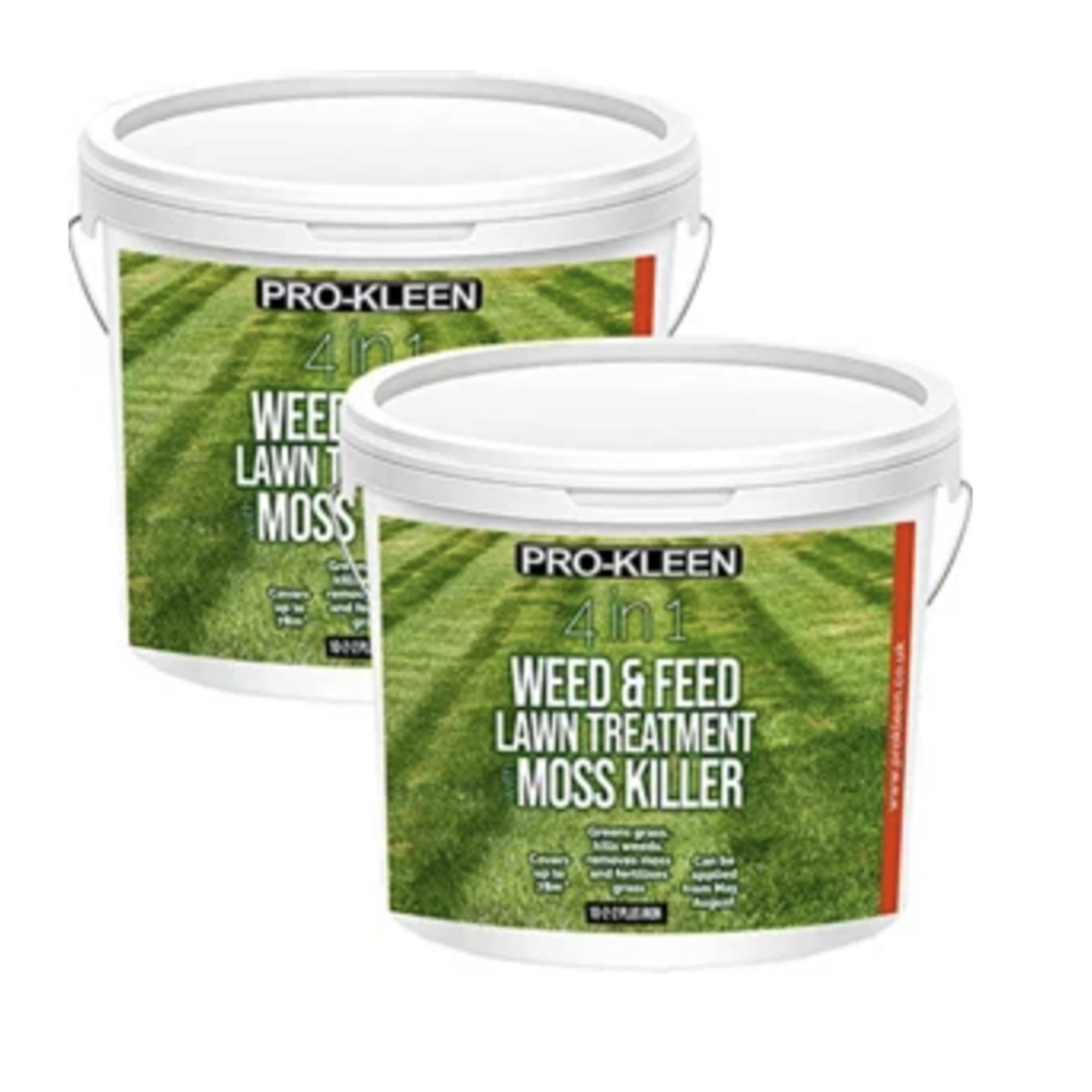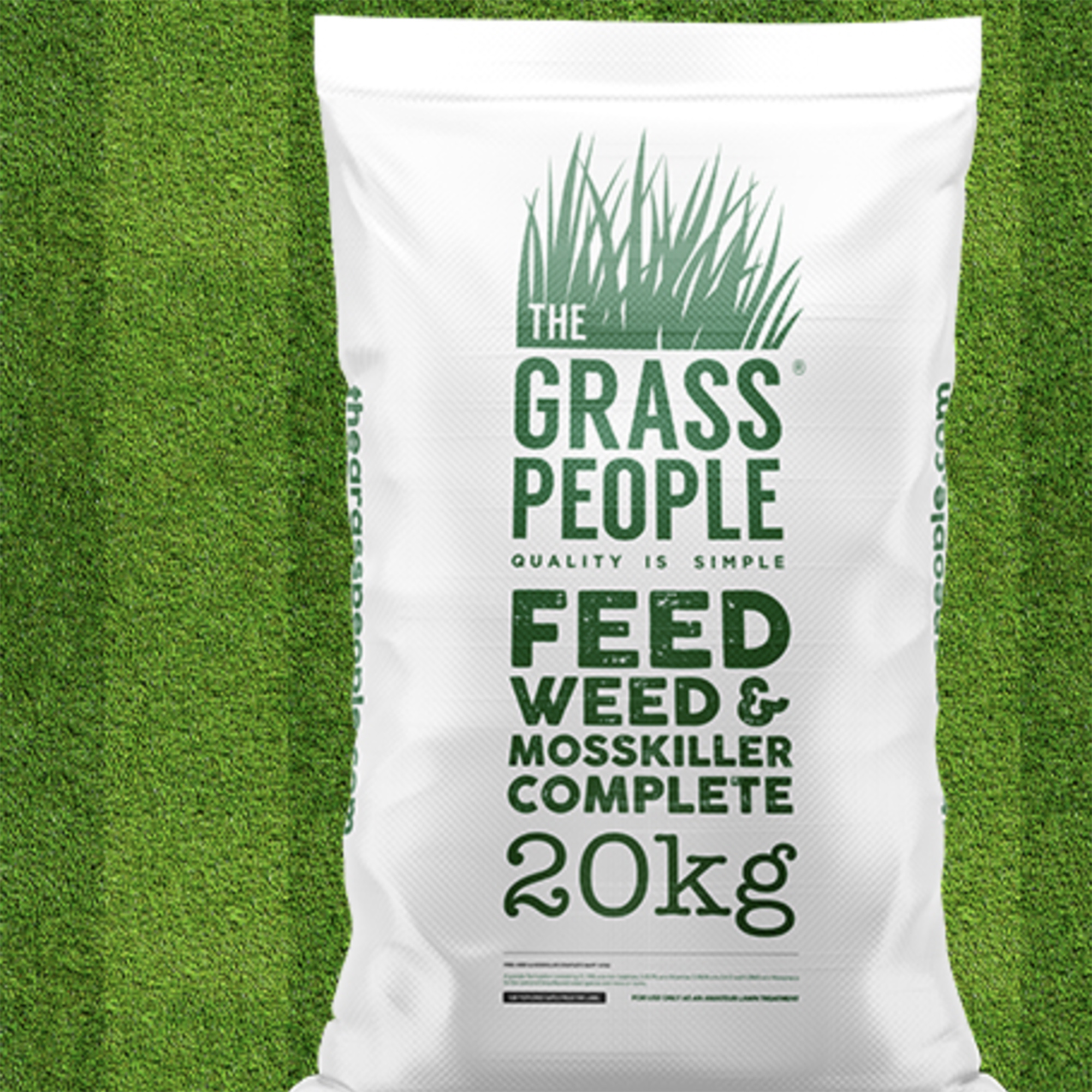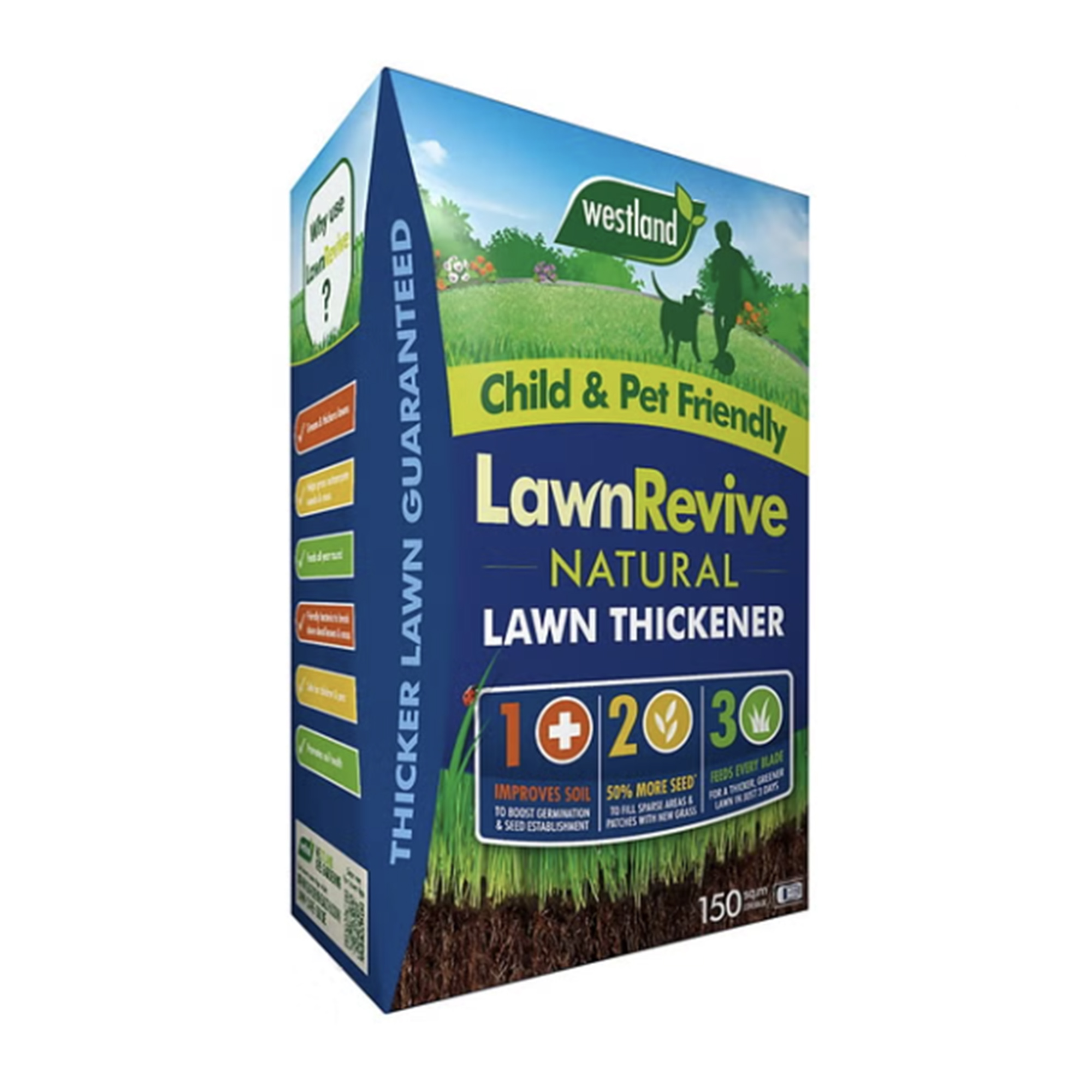Do you weed and feed? Experts explain whether or not to use this method
Is this time-saving product a sensible choice for your lawn health?
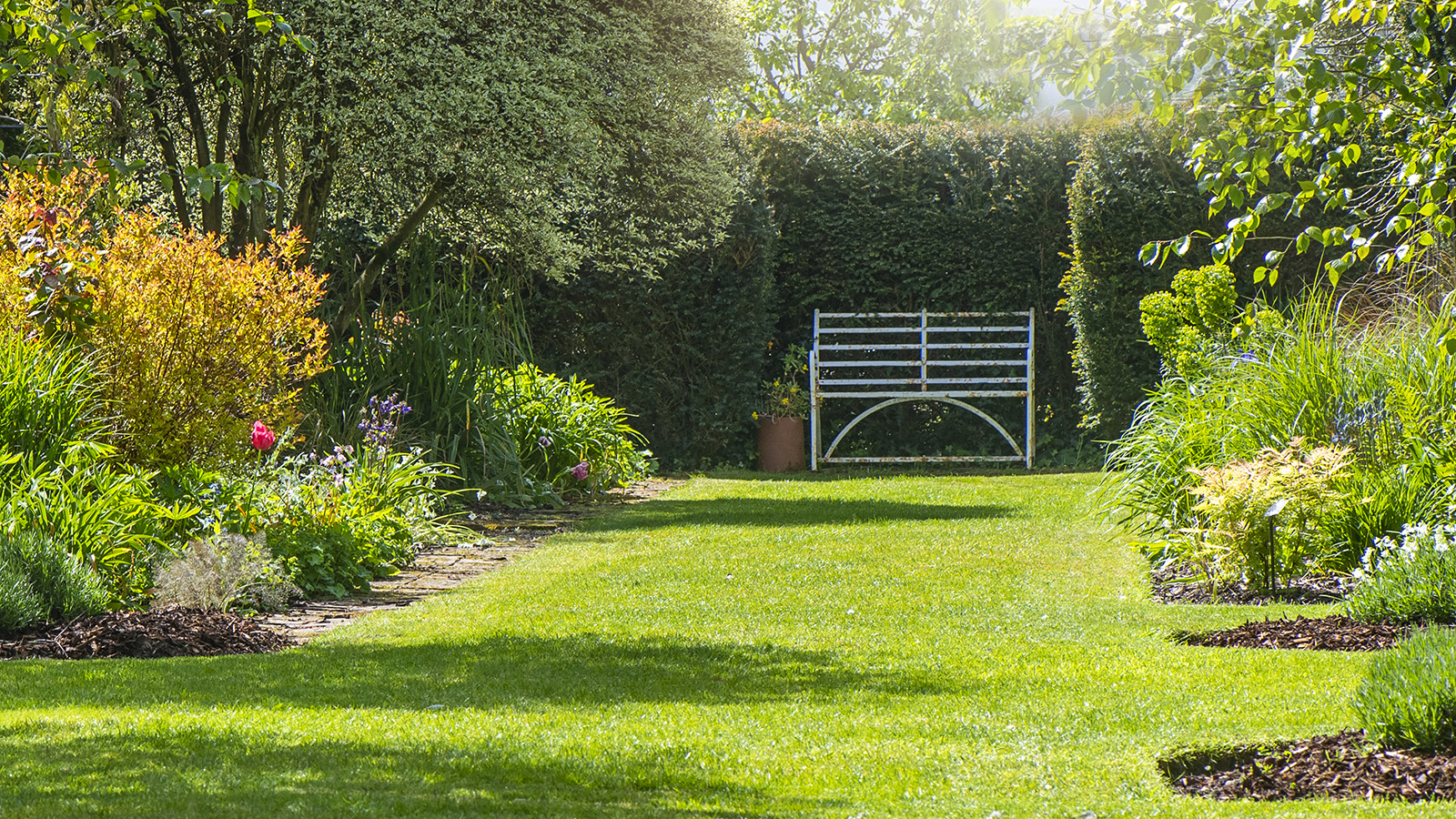
Weed and feed is a term used to describe a combination weed killer and lawn feed product. The idea of combining these two lawn jobs is of course to save time and effort.
However there are a few factors to be aware of before going down this route with your lawn. There are some lawn experts who believe that weeding and feeding in tandem reduces the effectiveness of each task, and also that products like this can harm the health of your lawn ideas over time.
In addition to this there are environmental implications that you should be aware of before using weed and feed products.
What is weed and feed?
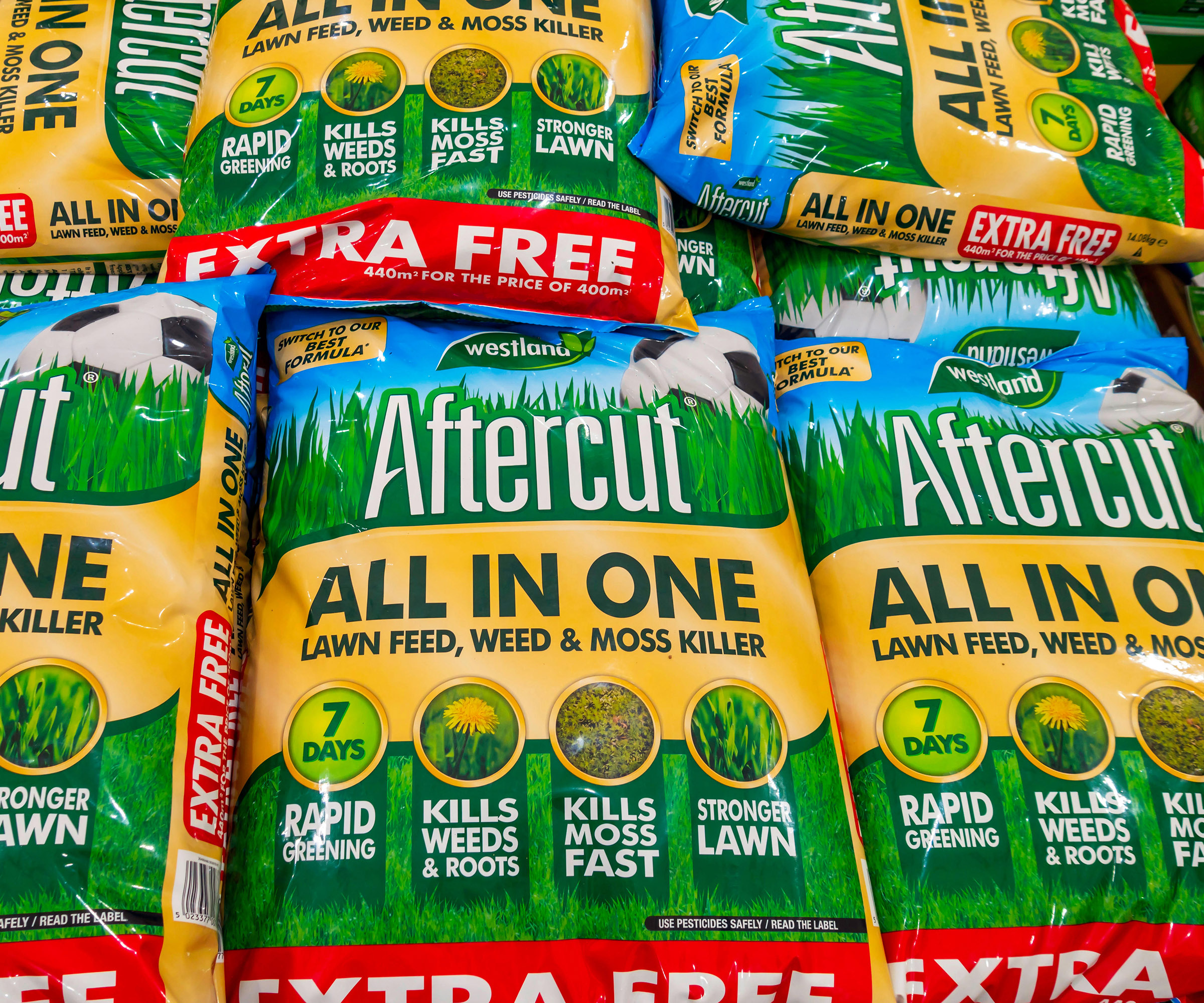
"Weed and feed is a combined weed killer and fertiliser. It’s designed to save you time and effort in looking after your lawn," explains garden expert at MyJobQuote Fiona Jenkins.
"Using specific herbicides, it kills weeds in grass. In addition, a mix of nitrogen and potassium boosts the growth and health of your lawn. Some weed and feed products also contain iron to kill moss in a lawn and grass seed to help fill out lawns," she says.
Shop weed and feed products
How to apply weed and feed to your lawn
If you decide that weed and feed is for you then it's important to apply it correctly, and be sure you follow the instructions on the packet, so you don’t overfeed your lawn.
"Always wear gloves when you’re measuring out and handling weed and feed, to avoid contact with your skin," says Fiona Jenkins.
Bring your dream home to life with expert advice, how to guides and design inspiration. Sign up for our newsletter and get two free tickets to a Homebuilding & Renovating Show near you.
She gives her tips on how to weed and feed below:
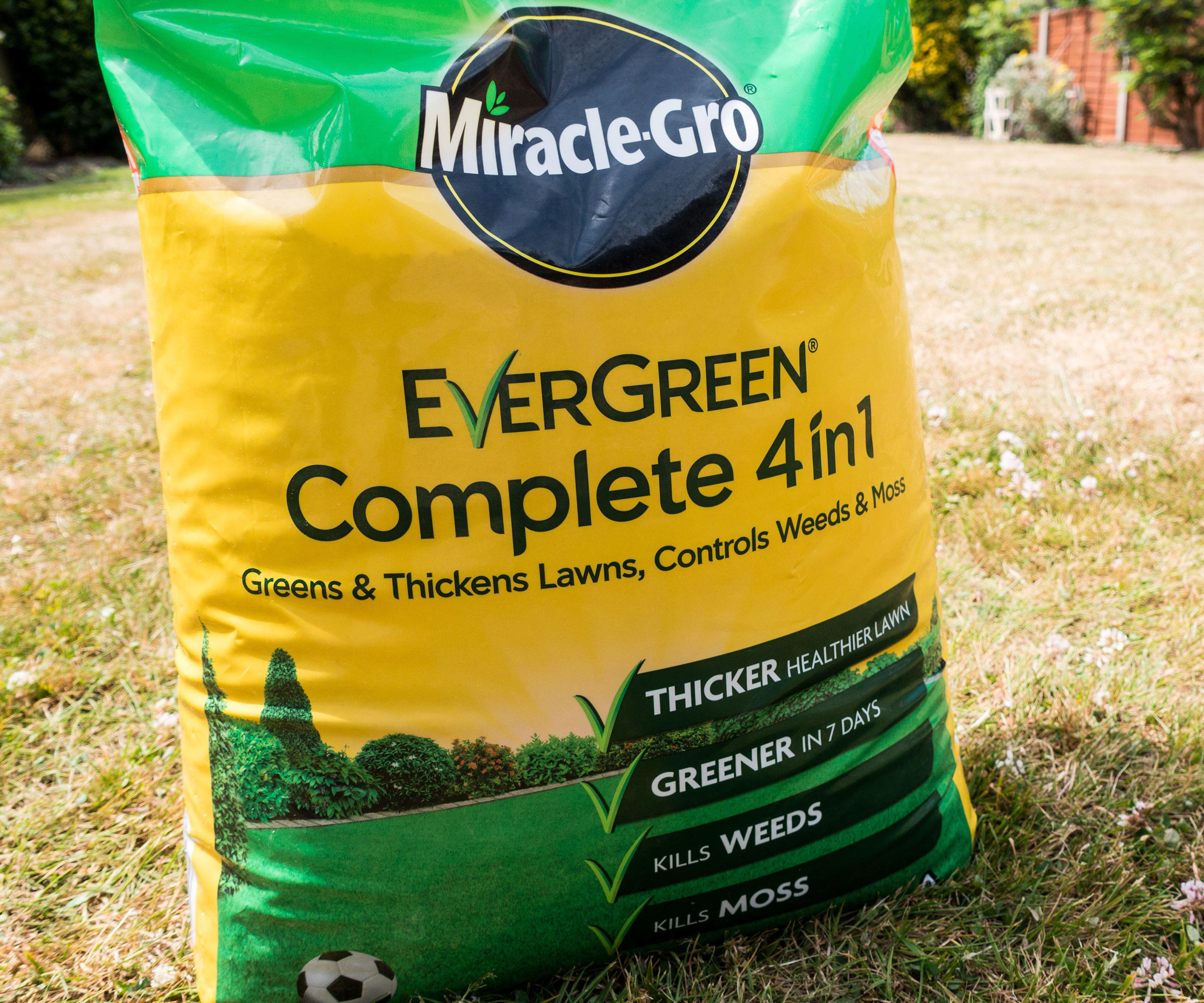

A landscaper and gardening expert with over 25 years of experience in the industry. Currently she works for MyJobQuote as their resident expert on all things gardening. She is highly knowledgeable and her expertise have featured in many reputable publications.
- To get the best results, time your lawn mowing with the best cordless lawn mower or best petrol lawn mower carefully. It’s best to leave your lawn to grow for a few days before using weed and feed. This gives the product more surface area to stick to.
- Choose a day when it’s forecast to rain, to save you the job of watering in your weed and feed. If the weather is warm, it’s best to weed and feed during the morning, while the temperatures are cooler. This ensures that the product sinks in rather than evaporates.
- You’ll need to check the instructions on the packet for when you should mow afterwards, but it’s usually best to wait until about three days later. This ensures the weed killer has chance to work.
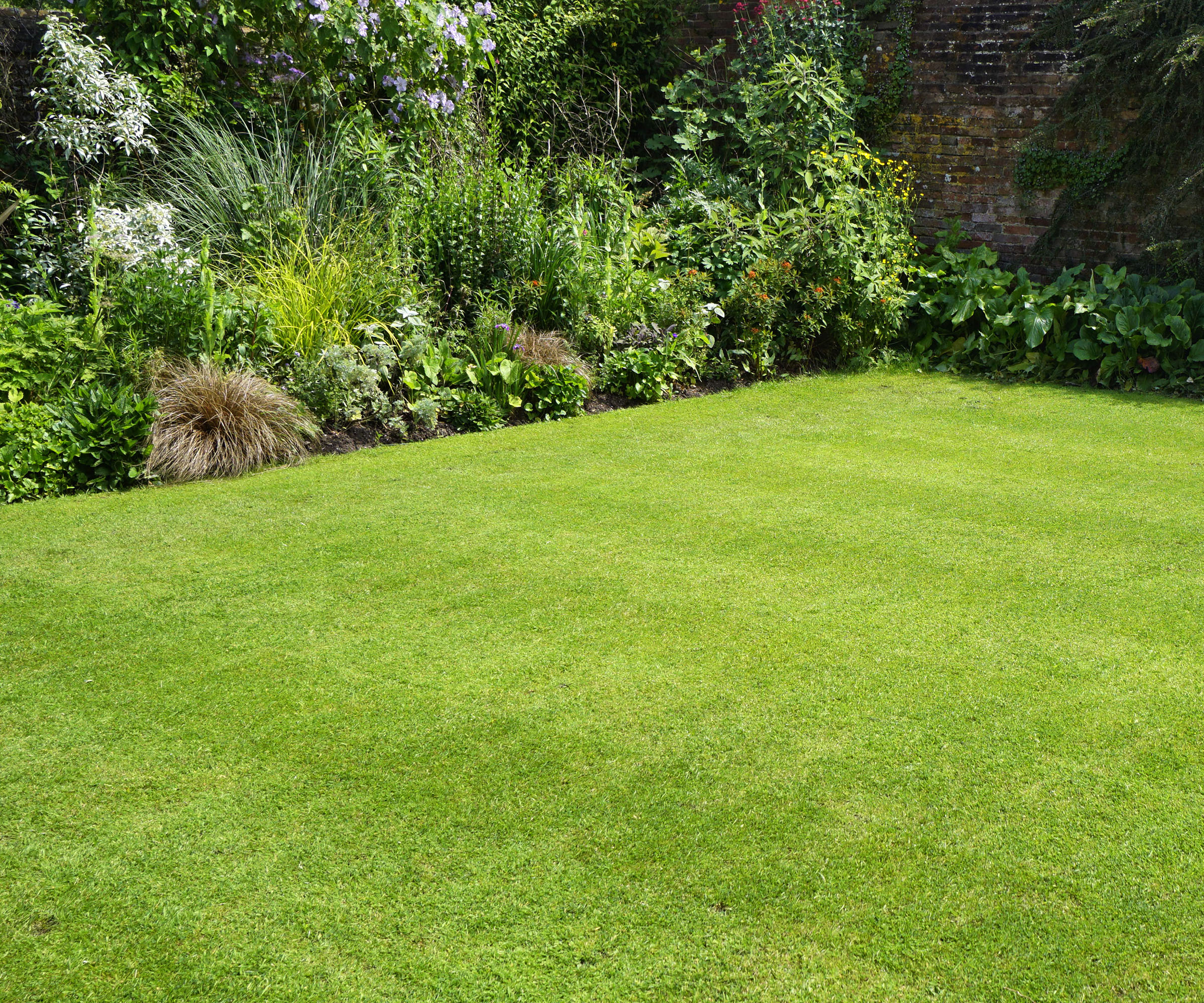
The disadvantages of weed and feed
There are a number of disadvantages to using weed and feed products in our garden landscaping ideas, from their negative environmental impact to being less effective than other methods.
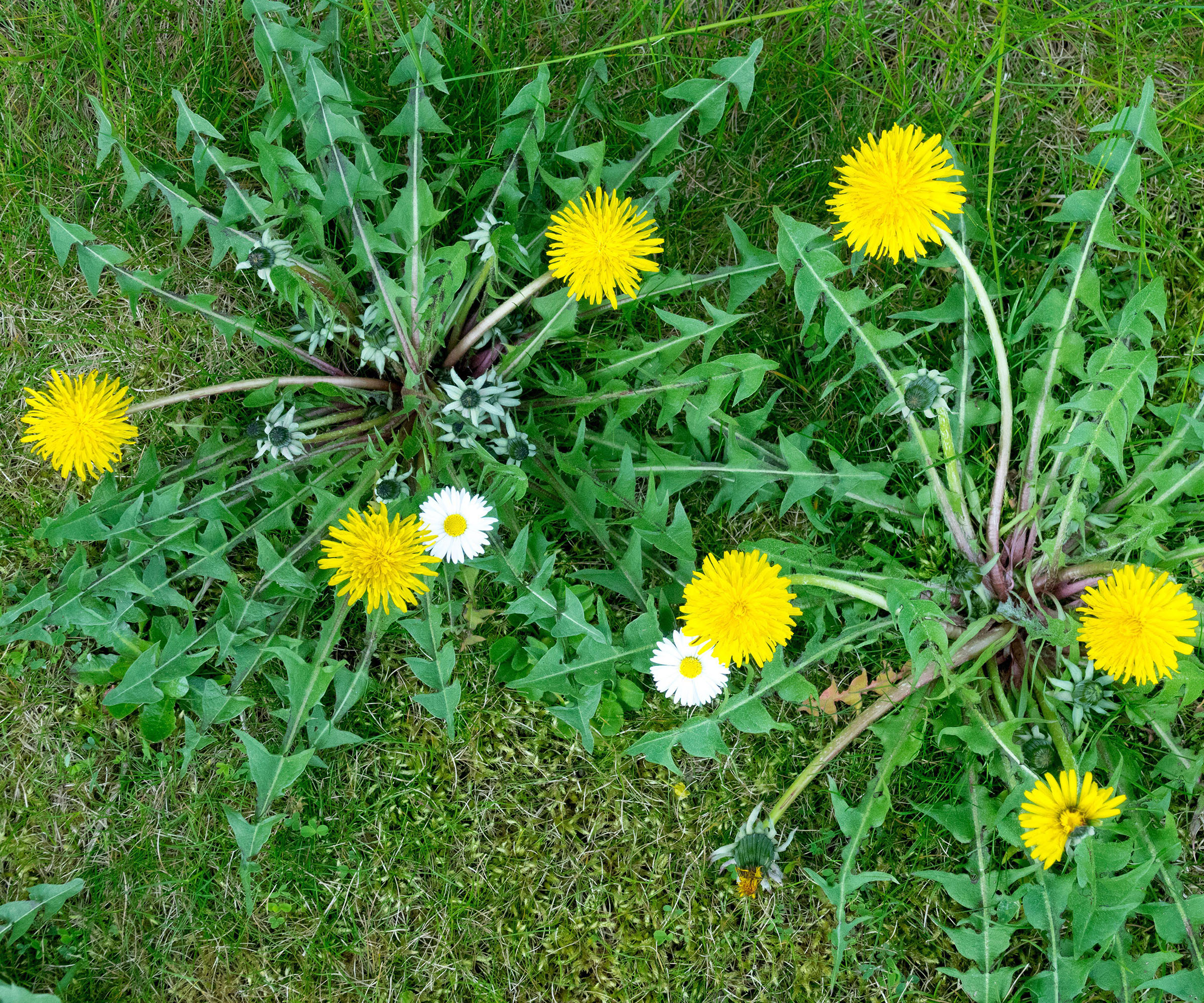
- Harms habitats: "If your garden has a pond or is close to a river or stream, you need to be aware that these chemicals can leach into the water, harming these habitats," says Fiona Jenkins.
- Toxic to pets: "Although there are pet-friendly products, most weed and feed solutions are toxic to animals. So, you may need to keep dogs, cats and rabbits off the lawn until you’re sure it’s been fully watered in," warns Fiona.
- No mulching: "After weeding and feeding you won’t be able to use your first set of grass clippings for mulching," says Fiona.
- Causes brown patches: "Weed and feed can contain high levels of nitrogen. This can scorch your grass and leave brown patches if it’s applied too heavily or to young lawns. So, you do need to be careful," says Fiona.
- Weakens your lawn: "In the long run, overusing and relying on weed and feed products can cause a cycle of dependency. Using these products too much can cause weed resistance and soil imbalances," says lawn care expert at Allan's Gardens Jane Dobbs.
- Won't always work: "Some formulations aren't suitable for certain types of grass or require specific applications, so it's important to choose the right product. You can't always trust weed and feed products to work on all weeds," says Jane.
- Reduced effectiveness: "With all gardening tasks, timing is everything, and the best time to feed is rarely the best time to weed. It's the perfect time to fertilise in April, but weeds like clover don't fully appear until late May, so applying weed killer with your feed in April misses most of the weeds, adds unnecessary chemicals to the ground and wastes money. You can't also seed because most products suggest a 2-month gap between use and planting," says Jane.

Responsible for leading the gardening team at Allan's Gardeners, a landscaping and garden maintenance, business who do lawn care and installation. She has 10 years experience as a gardener.
FAQs
Does lawn weed and feed work?
Lawn expert and Chair of the Lawn Association David Hedges Gower is staunchly opposed to using weed and feed products, believing them to be ineffective and bad environmentally.
"If you have two contradicting products in one granule (i.e. weed and feed), it will often mean you’ll be getting about 50% effectiveness from each," says David.
"Firstly, your herbicide will be a weakened version, meaning it won't kill or harm many weeds. This is because all pesticides have an application rate when sprayed correctly. When that’s done on through a feed and weed, the herbicide is sprayed onto that granule, meaning you don't know what rate you apply at," says David.
David suggests that weeding and feeding the lawn is more effective when done separately. "To feed a lawn, use a dedicated feed such as Truegrass. Food for the lawn and the soils," says David.
Before turning to weed killers try to kill weeds naturally removing unwanted weeds by hand. "Should the need ever come for herbicides, then spot treat individual weeds using a spray for best effectiveness," says David.

David is one of the UK's leading lawn experts, with over 30 years' experience in the industry. He is Chairman of the Lawn Association, an educational platform for homeowners and professionals, and founded the world's first lawn care qualification.
Is weed and feed bad for the environment?
Weed and feed products use chemical herbicides to kill weeds. These can cause damage to surrounding plants and can also be toxic if they flow into nearby rivers and streams.
Fiona Jenkins, garden expert also explains to us that weed and feed products can negatively impact pollinators. "Using weed and feed on your lawn will kill broad-leaved weeds including dandelions, clover, daisies and buttercups. The flowers of these weeds help to attract pollinators including bees and butterflies, into your garden," she says.
"So, killing the weeds might not be the best move. This is especially true if you want to create an eco-friendly garden or try organic gardening you’re growing fruit and vegetables such as apples, raspberries, courgettes, tomatoes and peppers, which rely on pollination."
How do you apply weed and feed?
"Weed and feed comes in granular and water-soluble liquids and powders. So, how you apply it will depend on what type of product you have," explains garden expert Fiona Jenkins.
"For granules, it’s best to use a wheeled spreader, to ensure you get an even distribution over your lawn. If you’re using a water-soluble product, mix it in a watering can to the instructions on the packet. And use a rose on the end of your can, to ensure a light and even coverage over your lawn," she says.
When should I put weed and feed on my lawn UK?
"You can apply weed and feed in spring and then reapply it every six to eight weeks during the growing season. Typically the first feed and weed can be applied between March and April and the last in Autumn, between September and early October," says garden expert Fiona Jenkins.
A great way to get your lawn looking smart as well as healthy is to try some new lawn edging ideas to create clean lines around your grass areas.

Responsible for leading the gardening team at Allan's Gardeners, a landscaping and garden maintenance business based in London. She has 10 years experience as a gardener.

Teresa was part of a team that launched Easy Gardens in 2018 and worked as the Editor on this magazine. She has extensive experience writing and editing content on gardens and landscaping on brands such as Homes & Gardens, Country Homes & Interiors and Living Etc magazine. She has developed close working relationships with top landscape architects and leading industry experts, and has been exposed to an array of rich content and expertise.
In 2020 Teresa bought her first home. She and her partner worked alongside architects and builders to transform the downstairs area of her two bedroom Victorian house in north London into a usable space for her family. Along the way she learned the stresses, woes and joys of home renovation, and is now looking to her next project, landscaping the back garden.
